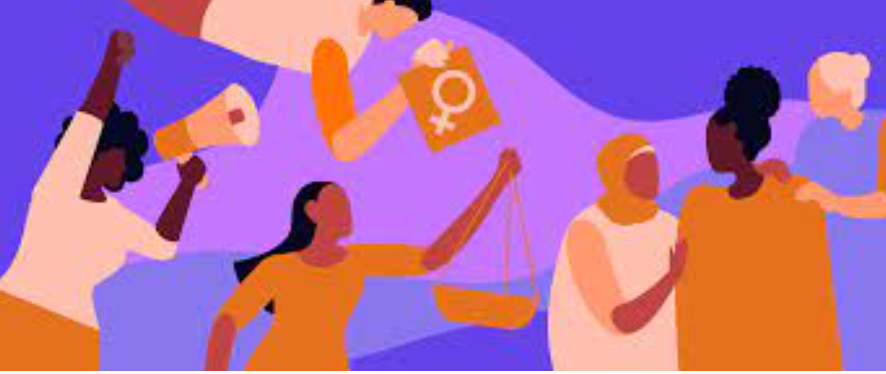WHO Urges Action on Violence Against Vulnerable Women
The World Health Organization (WHO) in its recently released reports talks about women who are elderly and those with disabilities. It indicates that they are prone to a higher rate of abuse and that it easily gets masked from the world. The World Health Organization (WHO) has issued a pressing call for increased attention to the issue of violence against older women and women with disabilities.
Understanding violence against older women
Violence against older women and women with disabilities is a pervasive issue that transcends geographical and cultural boundaries. However, the true extent of the problem remains largely hidden due to a lack of comprehensive data and underreporting.
Types of violence older women experience
Older women and women with disabilities face a range of violent acts, including physical, sexual, psychological, and financial abuse. The WHO highlights that in addition to intimate partner violence and sexual violence, these groups are vulnerable to specific forms of abuse, such as:
- Coercive and controlling behavior shown by caregivers
- Withholding of essential medicines, assistive devices, or other aspects of care
- Financial exploitation and abuse
- Neglect and abandonment
Reporting barriers uncovered
Several factors contribute to the heightened risk of violence faced by older women and women with disabilities. These include:
- Social isolation and dependency on caregivers
- Negative stereotypes and discrimination based on age and disability
- Lack of access to information, support services, and legal recourse
- Physical and cognitive impairments that may hinder the ability to seek help or report abuse
General well being gets impacted
Violence against older women and women with disabilities has severe consequences for their physical, mental, and emotional well-being. Victims may suffer from injuries, chronic pain, depression, anxiety, post-traumatic stress disorder (PTSD), and other health problems.
How violence is addressed
Addressing violence against older women and women with disabilities presents unique challenges. These include:
- Lack of awareness and understanding among healthcare professionals, law enforcement, and support services
- Inadequate training for caregivers on recognizing and preventing abuse
- Limited accessibility to support services and shelters that cater to the specific needs of older women and women with disabilities
- Insufficient legal frameworks and policies to protect and support victims
- Societal attitudes and stereotypes that normalize or dismiss violence against these groups
Recommendations from WHO
To address the gaps in data and understanding of violence against older women and women with disabilities, the WHO recommends several measures:
- Extending the age limit for survey participation to capture data on older women’s experiences of violence
- Incorporating questions relating to different types of violence, encompassing a broad spectrum of disabilities
- Engaging older women and women with disabilities, as well as their representative organizations, in all phases of survey design and implementation
- Ensuring accessibility of surveys through formats like Braille or EasyRead
- Developing targeted interventions and support services that cater to the specific needs of these groups
- Providing training for healthcare professionals, caregivers, and law enforcement on recognizing and responding to violence against older women and women with disabilities
- Strengthening legal frameworks and policies to protect and support victims
- Challenging negative stereotypes and promoting the rights and dignity of older women and women with disabilities
Implementation of best practices
Several global initiatives and best practices have emerged to tackle violence against older women and women with disabilities. These include:
- The United Nations Convention on the Rights of Persons with Disabilities (CRPD), which calls for the protection of persons with disabilities from all forms of violence and abuse
- The Madrid International Plan of Action on Ageing, which recognizes the need to address violence against older persons, particularly women
- The Elder Abuse Prevention and Response Toolkit, developed by the International Network for the Prevention of Elder Abuse (INPEA), which provides guidance on preventing and responding to elder abuse
These initiatives highlight the growing recognition of the need to address violence against these vulnerable groups and provide a framework for action at the international and national levels. The unique risks that are faced by older women, especially those with disabilities call for better research about their safety and to strengthen support systems.
Month: Current Affairs - March, 2024
Category: Today's News Headlines


